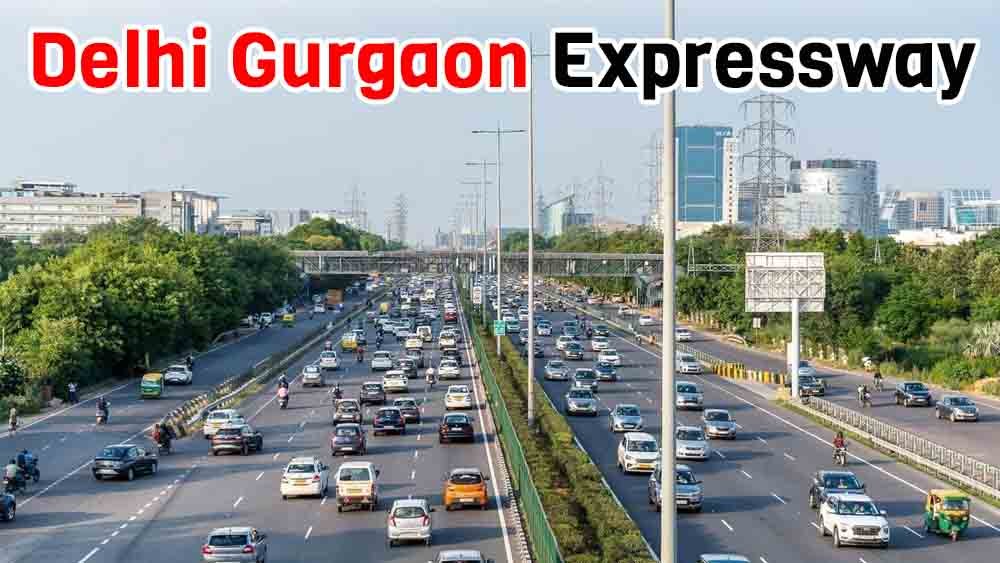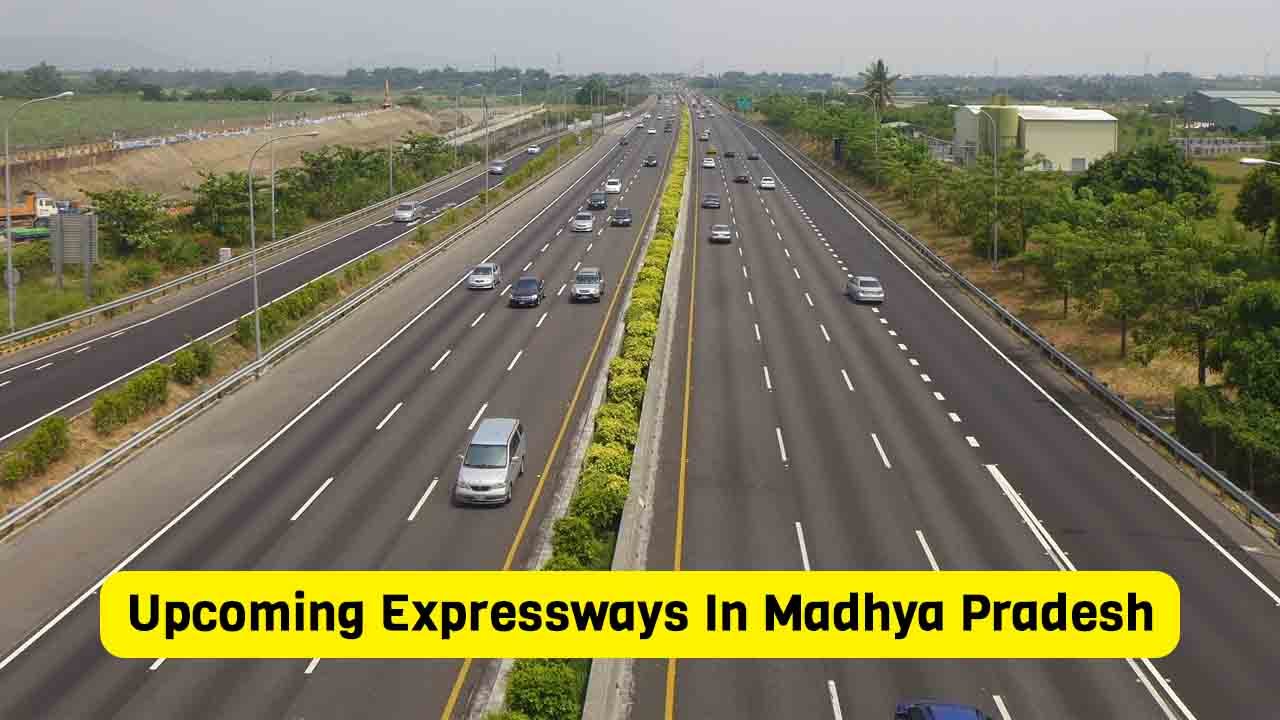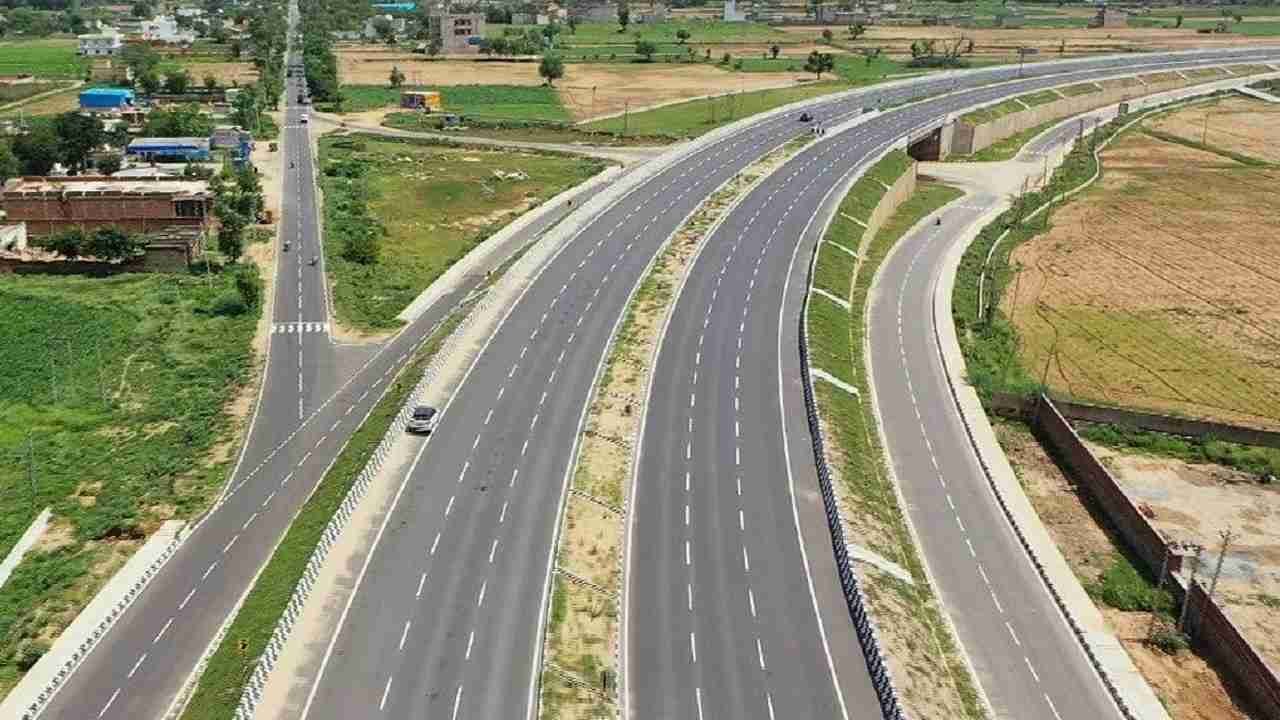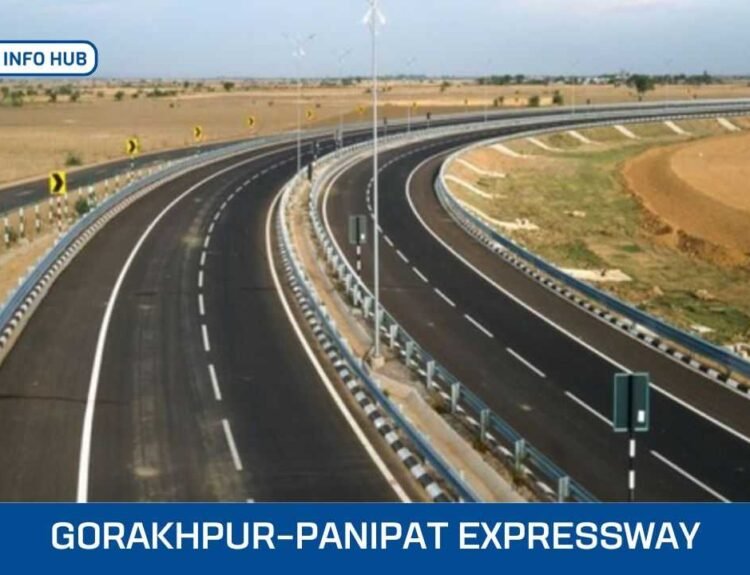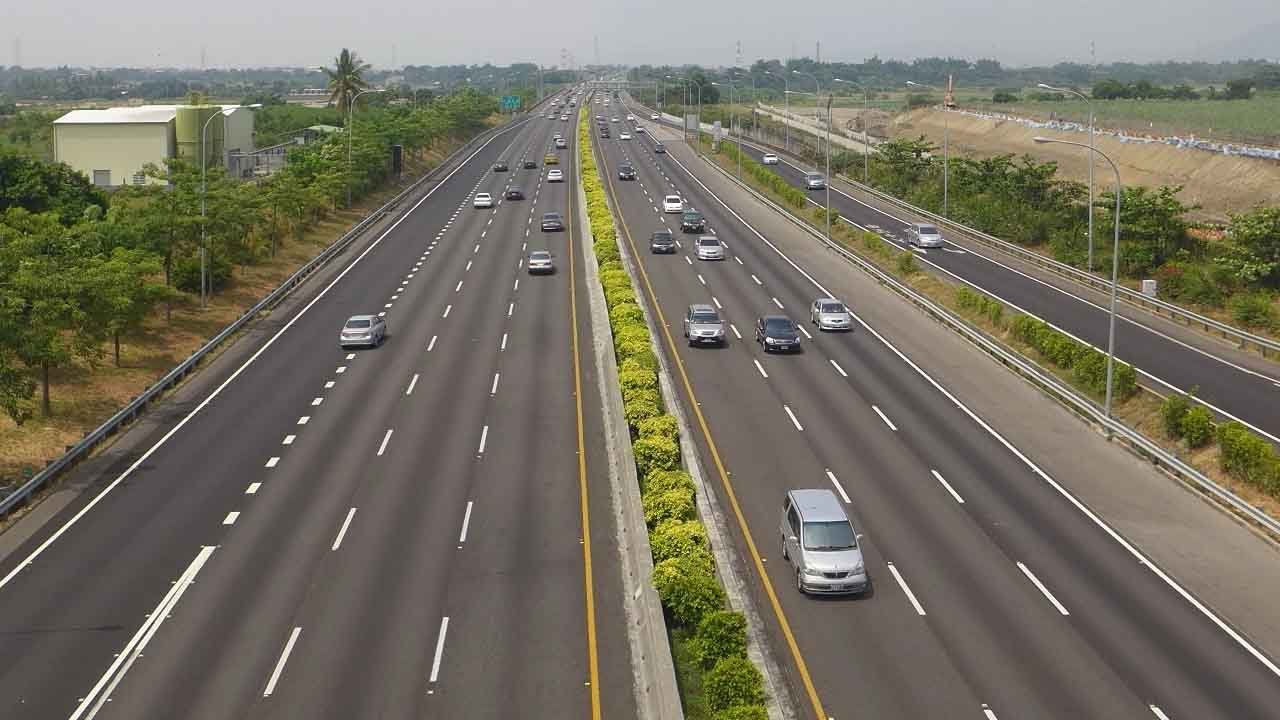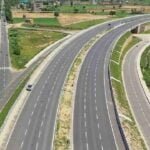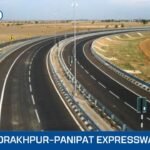The Delhi Gurgaon Expressway opened in 2008 and became a major transportation threat between Delhi and Gurgaon. The expressway is known for its smooth traffic flow, significantly reducing travel time between the two cities.
Before the construction of the expressway, it could take two hours to travel from Delhi to Gurgaon during peak hours. However, with the introduction of the Delhi-Gurugram Expressway, travel time has been reduced by about 30 minutes.
Table of Contents
Delhi Gurgaon Expressway Overview
- Length: 27.7 km
- Lanes: 6/8
- Starting Point: Delhi
- Ending Point: Manesar
- Completion Year: 2001
About Delhi Gurgaon Expressway
The Delhi–Gurugram Expressway, which is on NH-48, has six to eight lanes and connects the national capital Delhi with the millennium city of Gurugram, Haryana, in the National Capital Region of India. The distance is 27.7 km (17.2 mi). The expressway is a part of the National Highway Development Project, the Golden Quadrilateral Project.
On 23 January 2008, the final section, the Brownfield Expressway, a distance of 27.7 km (17.2 mi) worth ₹10 billion (US$125.2 million), was inaugurated. More than 180,000 PCUs operate daily on this expressway, which is the busiest InterCity expressway in India. Starting from Dhaula Kuan in Delhi and ending on the outskirts of Gurugram. Gurugram City is located on both sides of this Expressway.
The expressway caters to public transport and private vehicles. It is run by a private company under a public-private partnership and is equipped with several toll booths. Travelers find multiple entry and exit points along the expressway.
A major advantage of the Delhi Gurgaon Expressway is the economic growth of the region. Many commercial and residential projects in and around Gurgaon have arisen from the expressway. Gurgaon has become a major IT hub of the country as many large multinational companies have set up their offices there.
Some of the key features of the Delhi Gurgaon Expressway are convenient location, excellent connectivity, and easy access to Pataudi Road, Metro, and Airport.
Delhi Gurgaon Expressway Route
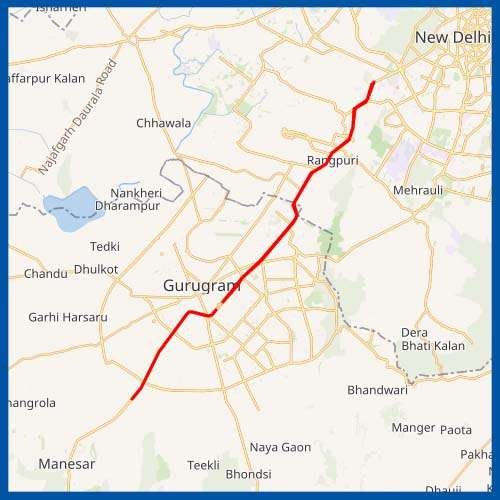
The expressway is one of India’s busiest expressways. Starting from Dhaula Kuan in Delhi and ending on the outskirts of Gurgaon, the city of Gurgaon is on both sides of the expressway
Delhi Gurgaon Expressway Toll
NHAI plans to introduce a “pay per road usage” toll tax system on the Delhi-Gurgaon Expressway. This system will charge passengers on the expressway based on the distance they travel instead of having a fixed toll rate. They will also install NPR cameras at all expressway entries and exits to collect tolls through FASTag.
NHAI estimates that this system will reduce pollution, fuel wastage, and congestion. However, local people living on both sides of the expressway may be exempted from the toll tax. The Kherki Daula toll plaza may be removed in the future, but the toll fee is necessary to maintain the expressway.
Delhi Gurgaon Expressway Upgradation
The National Highways Authority of India (NHAI) wants to build a flyover and two underpasses, which will increase connectivity and reduce traffic on the Delhi-Gurgaon Expressway. Dwarka Expressway will connect Nelson Mandela Road in South Delhi. The second will build a flyover over these two underpasses connecting points near the CNG pump and Shiv Murti from Dwarka Link Road to NH-48.
NHAI must get a no-objection certificate from the traffic police department to start construction. To save passengers from inconvenience, traffic will be rerouted from the main highway (NH-48) to the newly constructed slip road.
Delhi Gurgaon Expressway Timeline
The idea of building an expressway connecting Delhi and Gurgaon was conceived in the late 1990s. In 2001, the Ministry of Roads and Transport proposed an expressway under the Golden Quadrilateral Project to ease traffic on this busy route.
Although the road project began in June 2003, it was delayed several times due to various problems related to land acquisition and compensation for demolished buildings. It was finally commissioned on January 23, 2008, making it the country’s first Build-Operate-Transfer (BOT) road project. The contractor provided advance funds, eliminating the need for capital grants from the government. Anticipating heavy traffic movement on the road, the concessionaire offered more than Rs 61 crore to NHAI for the project.
As per the plan, the existing four-lane stretch of 27.7 km long National Highway-8 between Gurgaon and Delhi was upgraded. Earlier, there were about 20 intersections on the road, leading to an abundance of vehicles, which led to accidents, air pollution, and waste of fuel. The new expressway was a 6-8 lane access-controlled carriageway built with modern technology.
Conclusion
The Delhi Gurgaon Expressway has become a challenge for commuters and the regional economy. The improved infrastructure and easy connectivity of the expressway have reduced travel time and enhanced trade and commerce in the region. Recent changes and improvements have made the expressway even more efficient and convenient.
Adding new interchanges, flyovers, and underpasses will improve traffic flow, thereby reducing travel hassles. In the future, the Delhi-Gurugram Expressway will continue to act as an important connectivity for the people and the economy.

